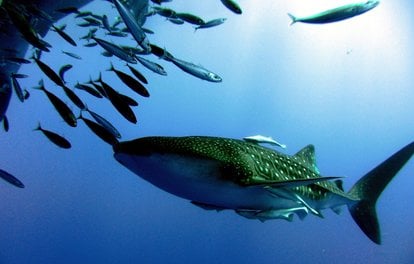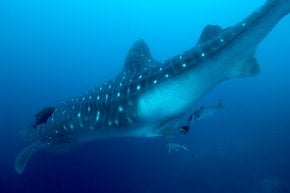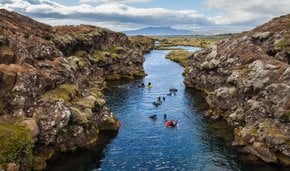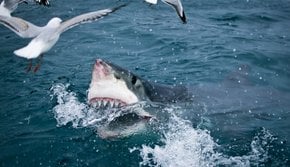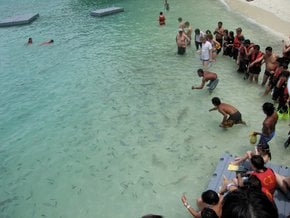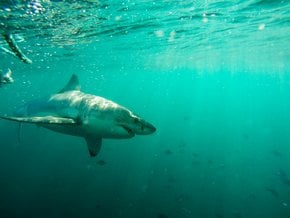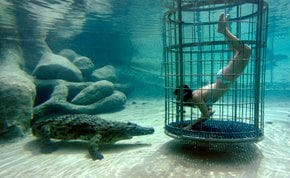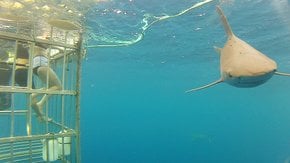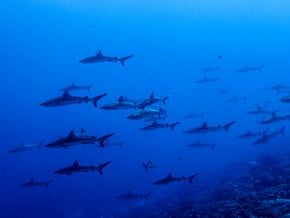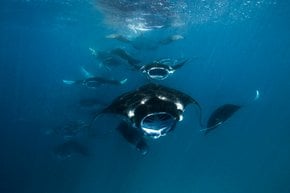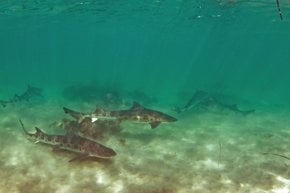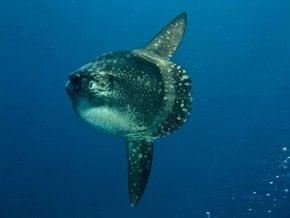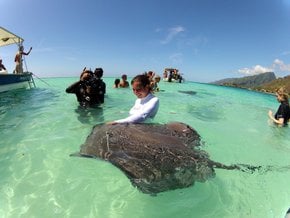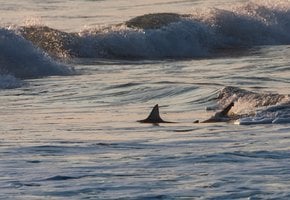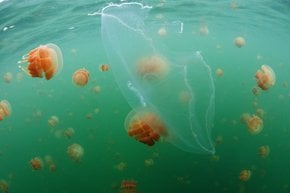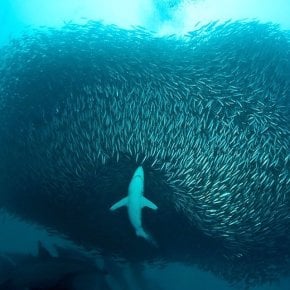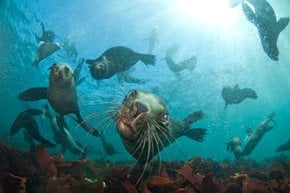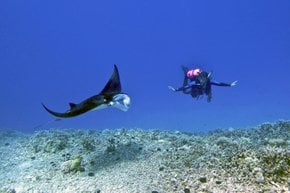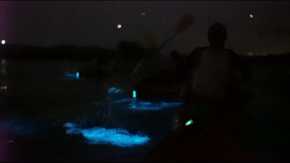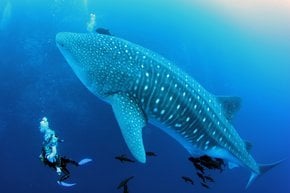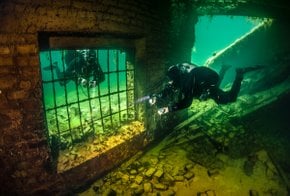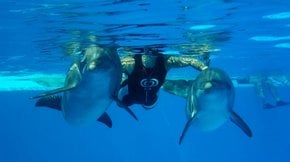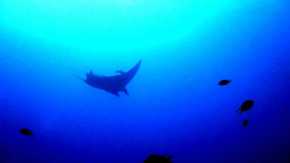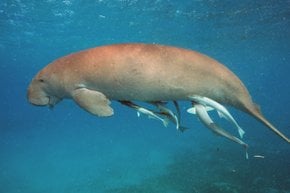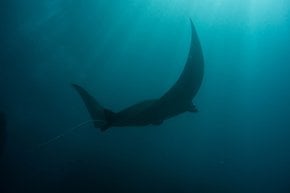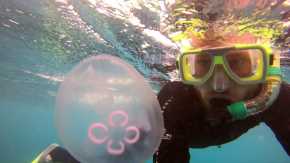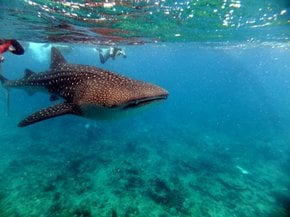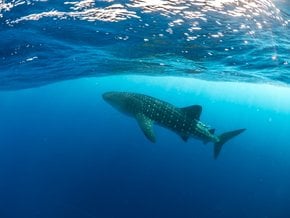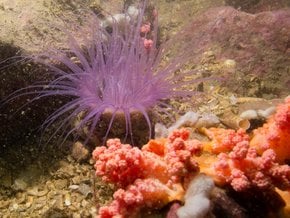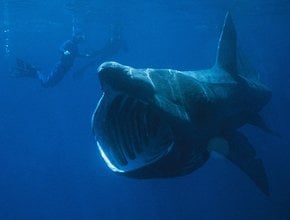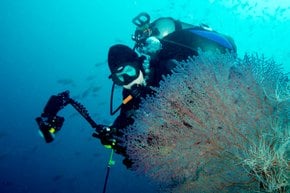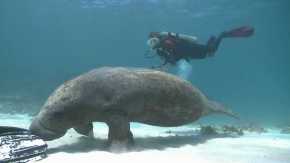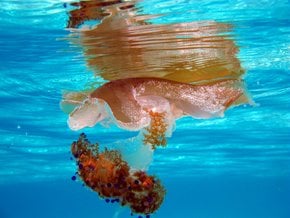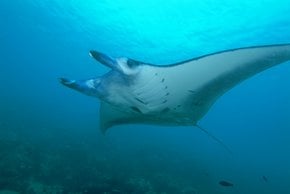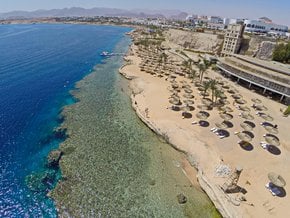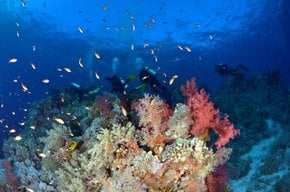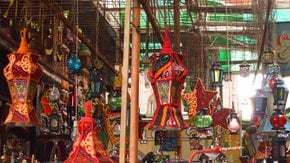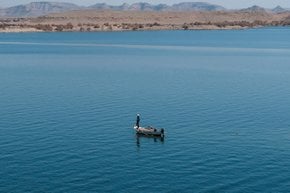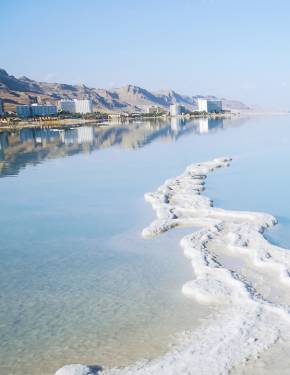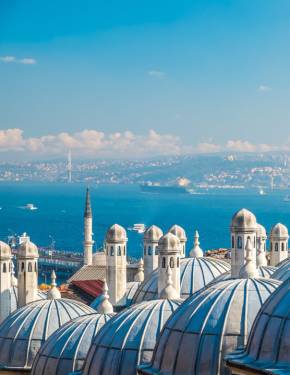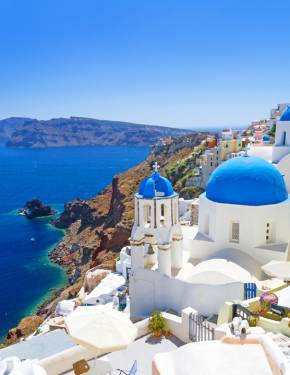Sharks in the Red Sea, Egypt 2026
Dreaming about seeing sharks swimming in the open Red Sea? Not a bad idea, but try not to become their prey
Best time: May–August
The Red Sea, flanked by Egypt to the northwest, is home to a diverse array of marine life, including a remarkable variety of shark species. The clear, warm waters, vibrant coral reefs, and rich biodiversity make it a prime location for shark encounters, drawing divers and marine enthusiasts from around the world. By understanding the best times and places to see sharks, as well as adhering to safety protocols, divers can enjoy unforgettable underwater adventures, witnessing these incredible predators in their natural habitat.
Shark Species in the Red Sea
The demand for shark diving is rising globally, and the Red Sea, home to many different species of sharks, has become a premier destination. Among the more commonly seen types are reef sharks, such as the white tip and black tip sharks, sand sharks, leopard sharks, and nurse sharks. These sharks are generally not dangerous to humans and contribute to the vibrant underwater ecosystem. More elusive and occasionally spotted are species like hammerheads, mako sharks, black-finned sharks, silver sharks, tiger sharks, whale sharks, and grey reef sharks.
Best Times and Locations for Shark Encounters
Whale and Hammerhead Shark Season
Whale sharks and hammerhead sharks are most commonly seen in the summer, particularly from late May to late July. These giants of the sea can be spotted in both the northern and southern parts of the Red Sea.
Marsa Alam and Jackson Reef
Marsa Alam dive sites and Jackson Reef in the Strait of Tiran are prime locations for shark sightings from July to September. These sites are also excellent for encountering other species like thresher sharks, known for their long tails and pointy noses, which are frequently seen from September to February at Egypt's Brother Islands and Marsa Alam Daedalus dive sites.
Daedalus Reef
Daedalus Reef offers sightings of various shark species from May to August. The oceanic whitetip sharks (Longimanus) are particularly prominent in South Egypt's Elphinstone from October to January.
Sardine Run
For a unique experience, the sardine run in the south of Egypt during December and January is a must-see. This phenomenon attracts numerous predators, including dolphins, whales, and various shark species like the Bronze Whaler and Dusky Shark, creating a spectacle of marine life.
Ticket Prices and Accessibility
Diving Packages
Prices for diving packages vary widely depending on the season, duration, and specific dive sites included. A typical one-day dive trip can range from $50 to $150, while multi-day liveaboard experiences, which offer the best chance to see a variety of sharks, might cost between $500 and $2000.
Fees and Additional Costs
Certain dive sites within marine protected areas may require additional fees, typically around $10 to $20 per day. It's important to check with local dive operators for the most current information.
Parking and Transportation
Parking facilities are generally available at major diving hubs like Hurghada and Sharm El Sheikh. However, transport to more remote dive sites is usually included in dive packages. Shuttle services from hotels to dive centers are commonly provided, ensuring convenience for divers.
Infrastructure and Nearby Attractions
Location and Accessibility
Popular dive spots such as Marsa Alam, Hurghada, and Sharm El Sheikh are well-connected by international airports, with a range of accommodation options from budget hostels to luxury resorts.
Local Infrastructure
These locations are equipped with comprehensive diving infrastructure, including gear rental shops, professional dive instructors, and medical facilities.
Natural Parks and Attractions
For those interested in exploring beyond diving, the surrounding areas offer beautiful beaches, desert excursions, and cultural landmarks. The Ras Mohammed National Park, near Sharm El Sheikh, is a renowned marine reserve, which offers snorkeling, bird-watching, and hiking opportunities.
Shark Behavior and Safety
Understanding shark behavior is crucial for safe and enjoyable diving experiences. Despite their fearsome reputation, many sharks in the Red Sea are shy and avoid human contact. Key species to observe include the oceanic whitetip, silky sharks, and the pelagic thresher shark.
When diving with sharks, it's essential to follow safety guidelines such as avoiding sudden movements, maintaining a safe distance, and not attempting to touch or feed the sharks. Professional dive guides provide detailed briefings to ensure safe interactions with these magnificent creatures.
Ecology
Sharks in the Red Sea play a crucial role in maintaining the health of the marine ecosystem. As apex predators, they help regulate the populations of other marine species, ensuring a balanced environment. Their presence indicates a healthy reef system, as they often prey on weak or sick animals, preventing the spread of disease.
Conservation Efforts
Conservation of shark populations in the Red Sea is critical, as many species are threatened by overfishing and habitat destruction. Egypt has implemented measures to protect marine life, including establishing marine protected areas and regulating fishing practices. Additionally, there are numerous local and international organizations working towards the conservation of sharks through research, education, and advocacy.

